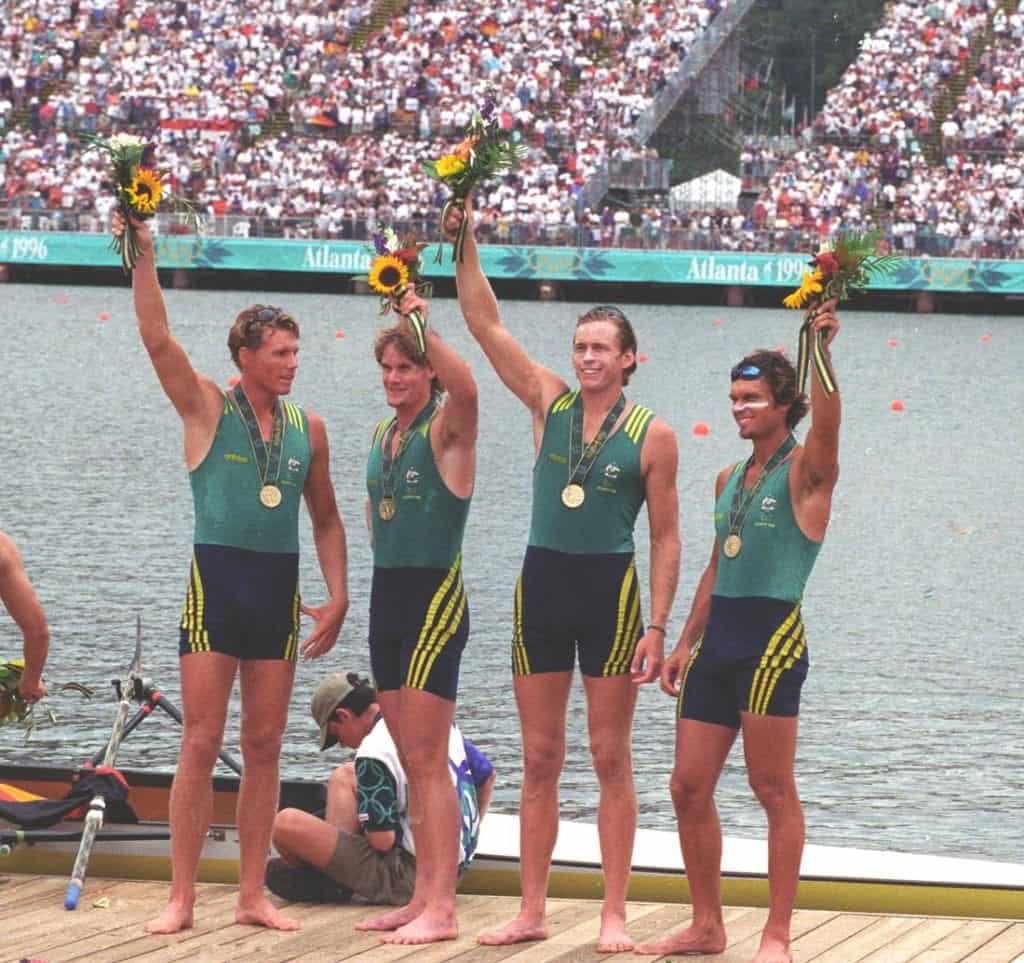The L.E.A.D. Model: 5 Minutes with Bo Hanson
Any quality leadership program as well as being founded in self-awareness, maps to a quality leadership model and there are lots of leadership models out there. There is a new book coming out every single week on leadership, it is a topic, it’s a theme, it’s a concept which is in strong demand, it’s researched to the nth degree.
Our model is what we call the L.E.A.D. Model. We came up with the L.E.A.D. Model based on literally 15 years of working with corporate organizations and taking the best of every leadership program that we’ve developed and that others have developed as well to come up with a concrete model that we know is going to be simple to apply and also to be most effective in terms of its actual inclusions.
The L.E.AD. Model stands for, firstly, lead yourself. We spoke before about self-awareness and that understanding yourself helps you to know how to motivate yourself, to know how to communicate effectively, how to build relationships with others – to know your strengths and limitations. Leaders need this.
The next part of the L.E.A.D. Model is what we call the Engage Others. When we talk about engaging with others through our own self-awareness, we learn strategies to effectively communicate with the people on our team as well as our coaches and our support staff but how to lead others so that we can attract followers. That’s what engagement is about.
The next part is to look at what are the attributes of effective leaders. Today more than ever we recognize that leadership is behavioral in nature, people aren’t just born a great leader, it’s something that is developed either consciously through specific formalized development programs such as this or sometimes it’s developed inadvertently through the environment in which someone grows up and the experiences they were exposed to. Ultimately, we’re interested in what did leaders do? How do they act? How do they behave?
Finally, we talk about direction. A leader has to have a clear path, they have to have a clear goal in mind, they have to have a clear vision of what they want to achieve. No one follows anyone without have a clear idea as to where that person is headed. So we talk a lot about direction, about forming goals, creating strategies, defining our purpose and ultimately defining our leadership philosophy which is going to give us a quality compass to help us head in the right direction.

The Leadership Challenge
Let’s face it. In elite sport, every team has quality equipment and facilities, a scientific training program, and strong game or race strategies. The only competitive edge to be gained is through investing in your people and the most valuable people skill is leadership. Today, the challenges in sport are different.
This generation of student-athletes has grown up in an era unlike any other. They don’t arrive at university with strong leadership and interpersonal skills.
The structured environment they have come from hasn’t demanded these skills or provided an opportunity to develop them. A significant leadership gap exists that needs to be addressed.
The good news is, it is something we can be proactive about. Leadership is no longer seen as something you are born with but rather a skill that can be developed and grown.
But Athletic Departments’resources are being stretched and developing a quality leadership program is no easy task. It takes:
- years of experience,
- solid research,
- a robust leadership model,
- strong understanding of learning styles,
- hours of development and testing, and
- a sense of fun to make it engaging for your student athletes
Most of all, when you tackle an area such as leadership, professional and personal credibility is a must-have.
At Athlete Assessments, we have developed Leading the Leaders, a Student Athlete Leadership Program designed to teach your athletes how to become great leaders. Find out more here.
Looking to catch up?
You can watch all videos in the 5 Minutes with Bo Hanson series.






